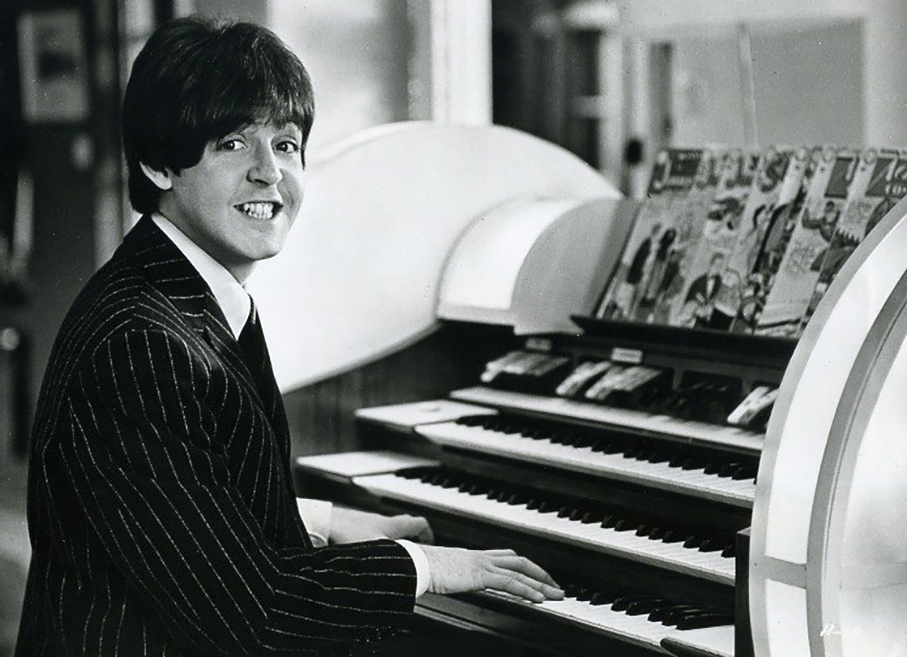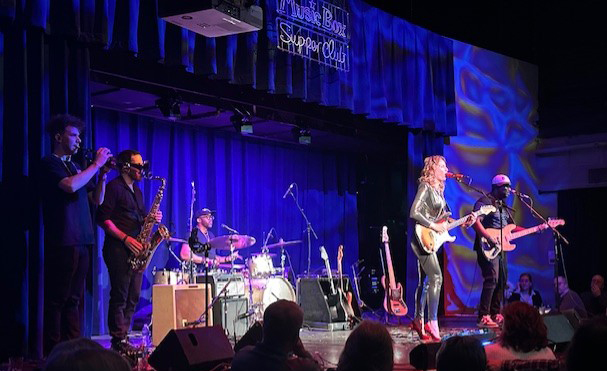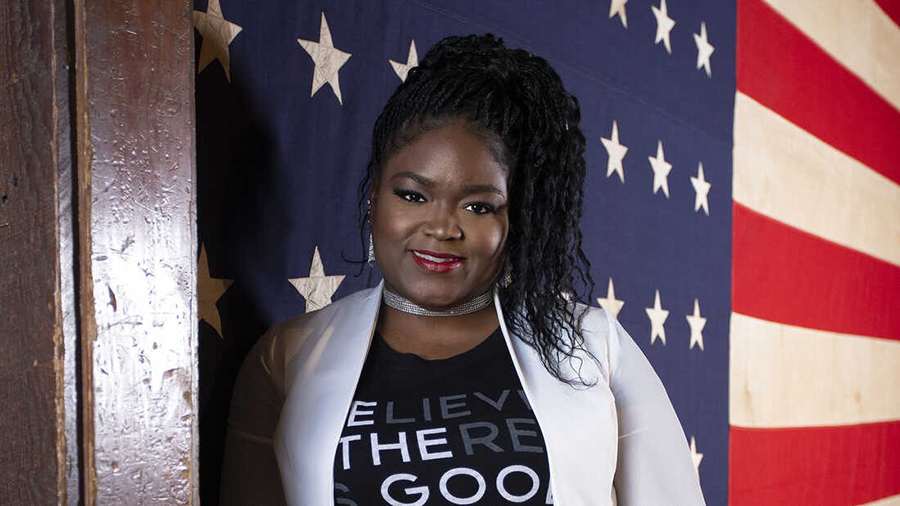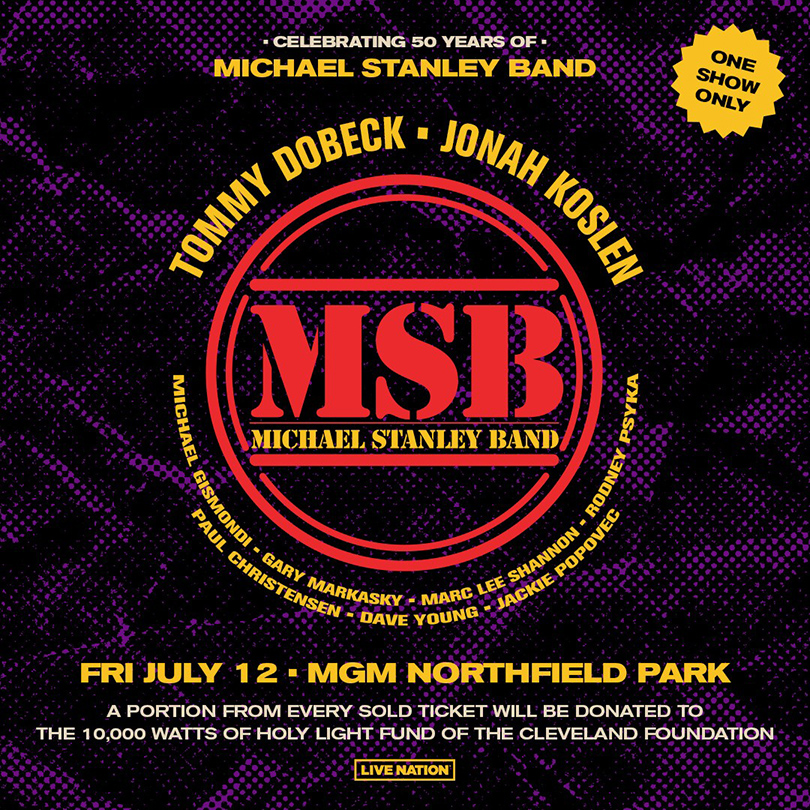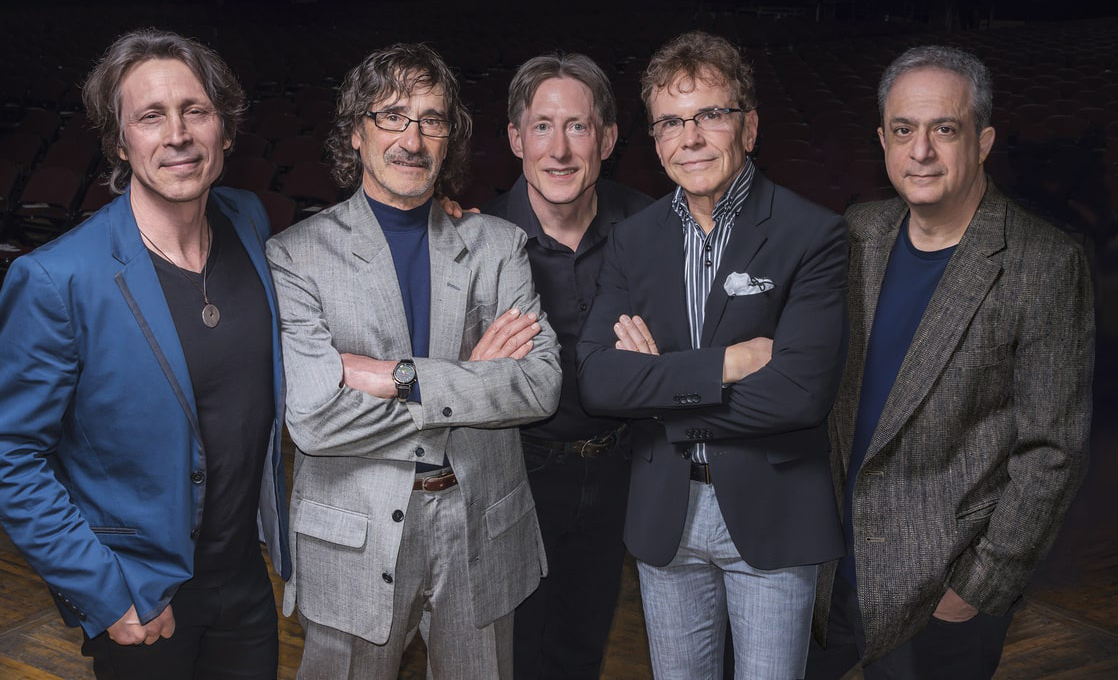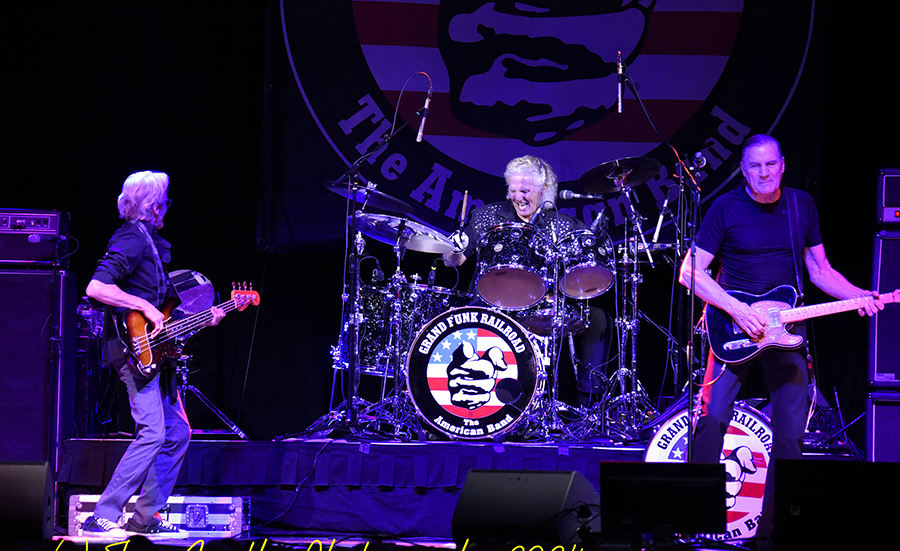It’s been said that Sixties pop culture was defined by three B’s: Bond, Batman and the Beatles. Yeah, James Bond was a game changer filling movie theaters and inspiring shows like UK TV’s Danger Man (known in the US as Secret Agent), The Prisoner (all starring Patrick McGoohan), and The Man from UNCLE along with its spinoff, The Girl from UNCLE, not to mention Dean Martin as Matt Helm, and James Coburn as Our Man Flint. Sean Connery defined the role of Bond in the Sixties, though 007 was parodied in Casino Royale, with David Niven and even Woody Allen doing their take on the character. The spy film genre had an obvious influence on the Beatles film Help!
ABC-TV’s Batman roared onto TV screens like a tsunami sparking a surge in pop culture and nostalgia, and the comic books that parents in the 1950s were warned would lead to juvenile delinquency were suddenly taken in a new more respectable light. Comic book culture had an impact on a wide audience, and Elvis Presley would adapt his favorite character Captain Marvel’s cape in his stage garb and the lightning bolt symbol in his famous “TCB” (Taking Care of Business) logo. Still, it might be more accurate to say the Sixties pop culture movement was fueled by the British Invasion that reintroduced America to much of its own culture, though the Beatles certainly led that charge. They all seemed to intertwine, though the Beatles and the comic book industry saw the value in cross promoting.
In a scene in the Beatles’ film Help!, Paul McCartney is shown sitting at an organ but instead of sheet music we see an array of vintage 1964 DC Comics featuring the Superman family. McCartney was said to be especially fond of what used to be called “funny books” and would later also tip his hat to Marvel Comics in a song by Wings titled “Magneto and the Titanium Man”. That led to a meeting with Marvel creator Jack Kirby during the band’s tour in the mid-70s, but let’s step back to Beatlemania.

Sensing that any number of entrepreneurs were vying for the same expendable cash from the Boomer generation, the comics industry made it a point to highlight the Beatles in their pages, especially the covers. There are a number of excellent websites covering this trend including Comic Book Resources (https://www.cbr.com/beatles-comic-book-appearances/) which points out that romance comics aimed at the female audience were quick to jump on the bandwagon, especially the Charlton line which didn’t have the same sales punch as their top competitors.
But DC Comics, the home of Superman, spotted the opportunities as well. Among the examples are the September 1964 issue of Superman’s Pal, Jimmy Olsen (#79) with his buddy from the Daily Planet traveling back through time to entertain teens thousands of years in the past.
DC’s romance line included the band, too, as did Marvel Comics with mentions in Strange Tales (#130) in a story featuring the Fantastic Four’s Thing and the Human Torch and the parody title Not Brand Ecch (#8). The band continues to pop up in DC’s Metal Men (#12) and even The Adventures of Jerry Lewis (#102), and in June 1970, Batman and Robin use the so-called “Paul is Dead” rumor as the cover story in the title’s June 1970 issue (#222).
But as the CBR site points out, perhaps the strangest appearance (though misspelled as The Beetles) may be in the surreal adventures of the American Comics Group title Herbie (#5). Herbie Popnecker was a chubby little kid with bangs and eyes at half mast behind pop bottle glasses and an ever present lollipop (which he sometimes used as a weapon) and who showed little emotion. But he could travel through time, to other galaxies, and had a running dialogue with animals and historical figures who all seemed to know him among other mysterious powers.
There are plenty of other examples and we urge you to check them out on the CBR and 13th Dimension sites (https://13thdimension.com/thirteen-days-a-week-a-beatles-comics-countdown-ii/)
We are proud to announce that Mike Olszewski will be a regular contributor to Cleveland Rock And Roll. Mike is a veteran radio I TV I print journalist and author with a long history of teaching college-level communications and journalism courses. He holds masters’ degrees in journalism & mass communications and an MLIS with an emphasis on museum work and archiving. Best known for his work at the legendary WMMS-FM, Mike has devoted his life to historical research documenting media and pop culture. Along with his written work he has also won acclaim for his TV and radio documentaries, and a segment of his book Radio Daze was adapted for the stage at the prestigious Cleveland Playhouse. Mike and his wife (and co-author), Janice, write extensively about popular culture and are frequent guests at conventions, literary and library events.


